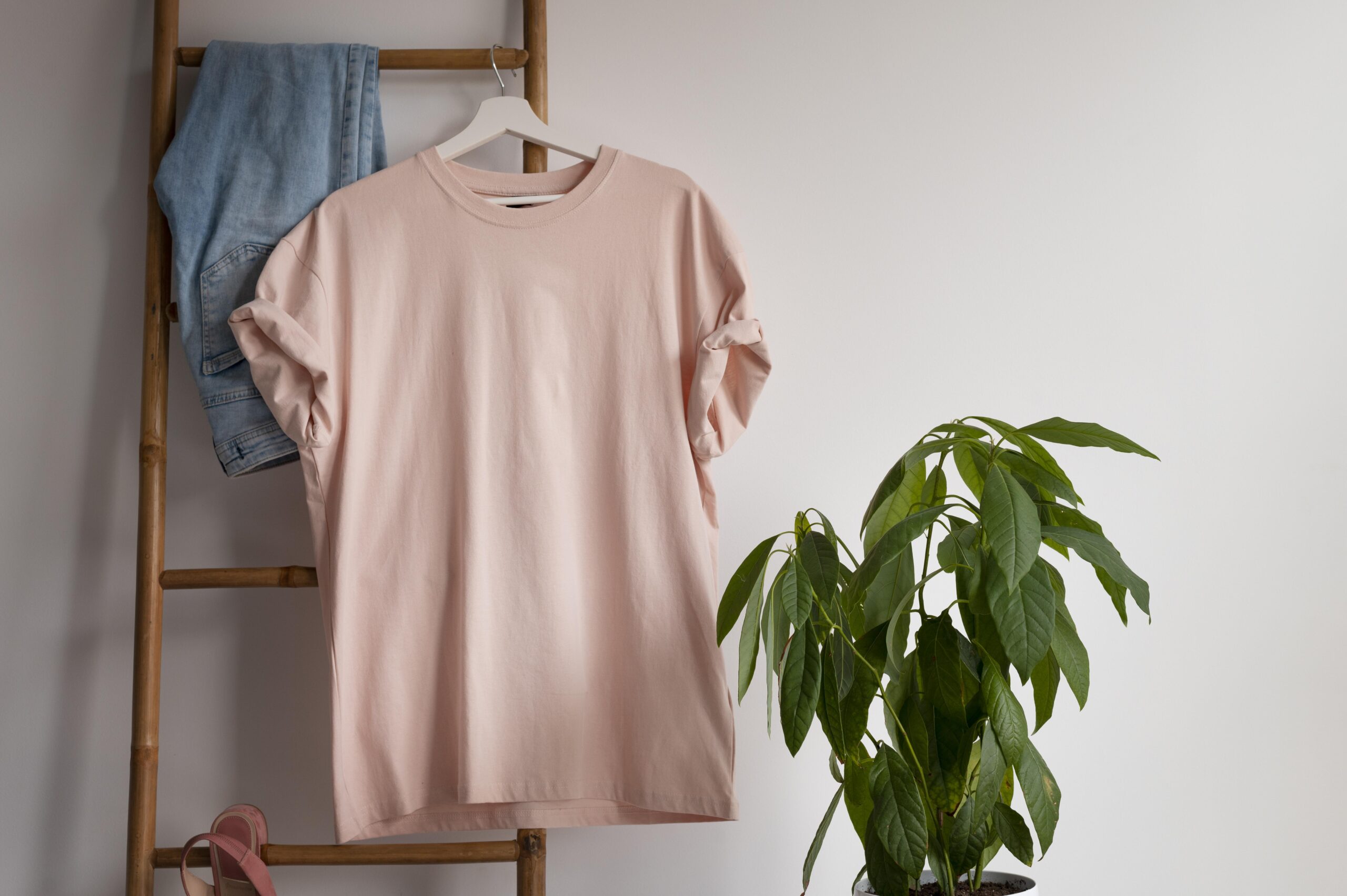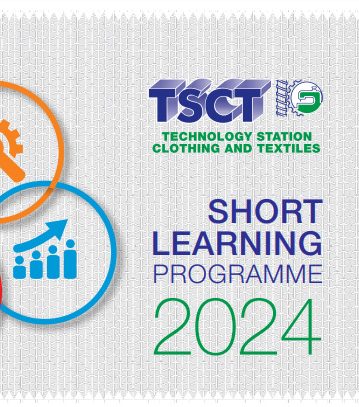Starting a sustainable clothing brand in South Africa can be challenging for several reasons. Here are some of the difficulties one might face:
- Lack of Awareness: Sustainable fashion is still a relatively new concept in South Africa and there is limited public knowledge and awareness about it. This can make it difficult to attract customers who are willing to pay a premium for environmentally-friendly clothing.
- High Start-up Costs: Creating a sustainable clothing brand requires significant investment in research and development, as well as eco-friendly materials and production methods. This can be challenging for small businesses in South Africa, where access to capital is limited.
- Supply Chain Challenges: Sourcing sustainable materials in South Africa can be a challenge, as the country is not known for its sustainable textile production. This makes it difficult to produce high-quality sustainable clothing at a reasonable cost.
- Competition from Established Brands: Established brands in South Africa may have a significant advantage when it comes to marketing and distribution, making it difficult for new, sustainable clothing brands to compete.
- Regulations and Standards: There are limited regulations and standards for sustainable fashion in South Africa, which can make it difficult for new brands to establish their eco-credentials.
Despite these challenges, there are several ways that new sustainable clothing brands can overcome these barriers and succeed in South Africa. These include investing in marketing and education efforts to raise awareness of sustainable fashion, forming partnerships with established brands to access their networks and resources, and developing new, innovative materials and production methods that are more sustainable and cost-effective.
Sustainable clothing development in South Africa can be challenging, but with the right strategies and approach, it is possible to overcome these challenges and establish a successful, environmentally-friendly clothing brand.
How to start a sustainable clothing business
A sustainable clothing brand is a great way to make a positive impact on the environment while building a successful business. Sustainability is an increasingly important issue in the fashion industry, with consumers becoming more aware of the environmental and ethical implications of their purchases. Here are 8 steps to help you launch a successful brand:
- Define your brand values: Start by defining your brand values, including the mission, vision, and goals of your brand. Consider factors like the environment, social responsibility, and quality. A clear brand identity will help you attract customers who share your values and help you stand out in a crowded market.
- Research your market: Conduct market research to understand the demand for sustainable clothing and identify opportunities in the market. This can include talking to potential customers, analysing competitors, and studying consumer trends. This information will help you refine your brand strategy and ensure that your products meet the needs and preferences of your target market.
- Source sustainable materials: Look for materials that are environmentally friendly and ethically sourced, such as organic cotton, recycled polyester, and Tencel. Consider the entire lifecycle of the materials, from production to disposal, and look for materials that are renewable, biodegradable, or have a low environmental impact. Avoid materials that are harmful to the environment, such as toxic dyes and synthetic materials that release microplastics into the oceans.
- Choose a responsible manufacturer: Look for a manufacturer that shares your commitment to sustainability and ethical production. Consider factors like fair labour practices, energy efficiency, and waste reduction. A responsible manufacturer will help you ensure that your products are produced in an environmentally friendly and socially responsible manner.
- Design your collection: Design a collection that is both stylish and sustainable, using environmentally friendly materials and production methods. Look for ways to reduce waste, such as using fabric scraps for smaller items and offering custom sizes to reduce overproduction. Consider offering versatile and timeless styles that can be worn for years to come, reducing the need for frequent replacements.
- Build your website and online presence: Build a website and establish an online presence to showcase your collection and reach potential customers. Consider using eco-friendly web hosting and digital marketing strategies, such as influencer marketing and content marketing, to reach your target market and build brand awareness.
- Launch your brand: Launch your brand through social media, influencer marketing, and events. Use your brand values and sustainability message to differentiate yourself from other clothing brands and attract customers who share your values. Consider offering limited edition or exclusive items to generate excitement and interest in your brand.
- Continuously improve: Continuously evaluate your production methods and materials to ensure that they align with your sustainability goals. Make improvements where necessary and keep your customers informed about your progress. Consider offering transparency and accountability, such as publishing sustainability reports and offering tours of your production facilities, to build trust and credibility with your customers.
Starting a sustainable clothing business requires a commitment to using environmentally friendly and ethical production methods. However, with the right approach and a focus on quality and customer satisfaction, you can build a successful and sustainable business that makes a positive impact on the environment.
It’s worth noting that sustainable fashion can be a challenging and competitive industry, but with persistence, determination, and a commitment to sustainability, you can create a brand that not only looks good but also does good for the planet. As famous fashion designer Vivienne Westwood once said, “Buy less, choose well, make it last.” By following these principles, you can create a sustainable clothing brand that lasts for years to come.




